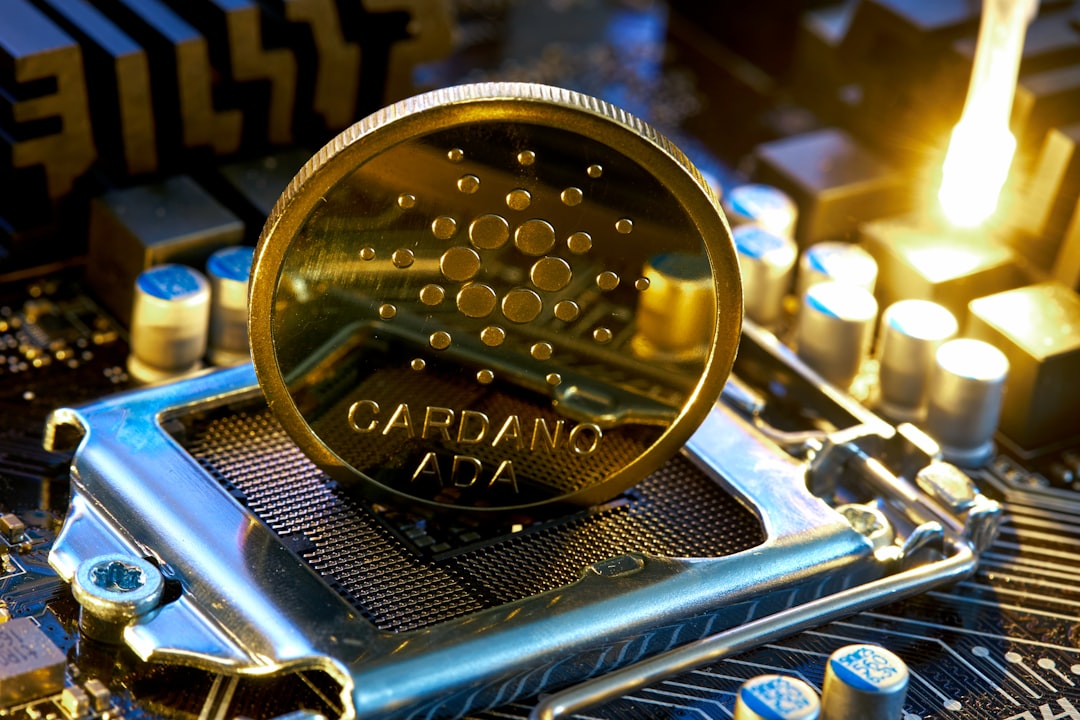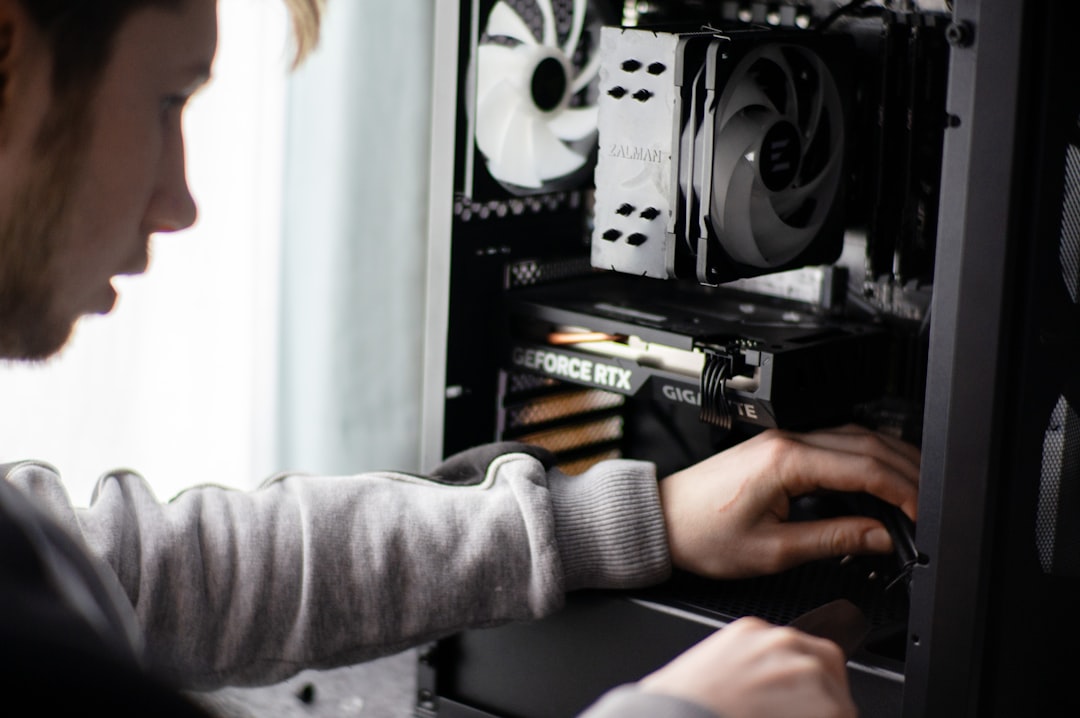Encountering an error during your computer’s boot process can be both frustrating and confusing, especially when you are unfamiliar with the codes and what they imply. One such common issue faced by users of MSI (Micro-Star International) motherboards is the notorious Error 99. If you’re seeing “99” in the lower-right corner of your motherboard’s debug display or POST screen, don’t panic. This article will walk you through what this error means and how to troubleshoot it effectively.
What Is MSI Motherboard Error 99?
Error 99 on an MSI motherboard generally indicates a problem with the Super IO initialization or issues related to the system’s input/output components. The Super IO chip controls a variety of peripheral devices such as the keyboard, mouse, fans, and sometimes even aspects like temperature monitoring. If this chip fails to initialize properly, it can prevent the system from booting up entirely.
This error may also arise due to other hardware-related causes such as:
- Faulty or misconfigured USB devices
- Incompatible or failing graphics cards
- BIOS firmware corruption
- Incorrect peripheral connections

Common Symptoms Leading to Error 99
Before diving into the solutions, it’s essential to identify the indicators that suggest the presence of Error 99:
- Black screen after powering on the PC
- Stuck at POST with Error 99 displayed on the debug LED
- No signal to the monitor
- Unresponsive keyboard and mouse during startup
How to Fix MSI Error 99
Resolving this issue involves a combination of hardware troubleshooting and BIOS-level actions. Follow these steps carefully:
1. Unplug All USB Devices
External USB peripherals, especially faulty or unsupported devices, can trigger Error 99. Disconnect all USB devices except for the keyboard and mouse.
2. Remove External GPU Temporarily
If you’re using a discrete graphics card, try removing it and booting the system using integrated graphics. A defective GPU or incorrect PCIe slot configuration can often be the culprit.
3. Check Internal Cable Connections
Make sure all internal cables such as SATA, 24-pin ATX, and 8-pin CPU power connectors are securely fastened.
4. Reset the BIOS/CMOS
Clearing the CMOS resets all BIOS settings to factory defaults, which can help resolve misconfigured BIOS parameters. You can usually do this via:
- Removing the CMOS battery for 5–10 minutes
- Using the clear CMOS jumper on the motherboard
5. Update BIOS Firmware
If the system allows, try updating the BIOS to the latest version available from MSI’s official website. Corrupted or outdated BIOS versions can also trigger Error 99.
6. Check RAM and Other Expansion Cards
Improperly seated or damaged RAM modules and expansion cards can prevent proper boot. Try booting with a single RAM stick and remove all other optional cards.

When to Seek Professional Help
If none of the above solutions resolve the problem, the issue may lie deeper in the motherboard’s hardware. A faulty Super IO chip or other onboard component might require expert diagnosis. In such a case, it’s advisable to contact MSI customer support or a certified technician for a more thorough inspection.
Preventing Future Issues
Prevention is always better than cure. Here are a few tips to avoid encountering Error 99 in the future:
- Keep your BIOS updated regularly
- Avoid connecting unknown or unsupported USB devices
- Use certified power supply units to avoid damaging the motherboard
- Maintain your system in a dust-free, well-ventilated environment
Conclusion
MSI Motherboard Error 99 is a serious but often manageable issue. By systematically isolating the problem through the steps provided above, you stand a good chance of getting your PC back in working order without requiring extensive repairs. As with all hardware diagnostics, patience and careful observation are key to identifying the root cause.
Whether you’re an experienced PC builder or a casual user, understanding the significance of these error codes can save you time, money, and unnecessary stress. Stay proactive with regular maintenance and always keep your system’s software and firmware updated.